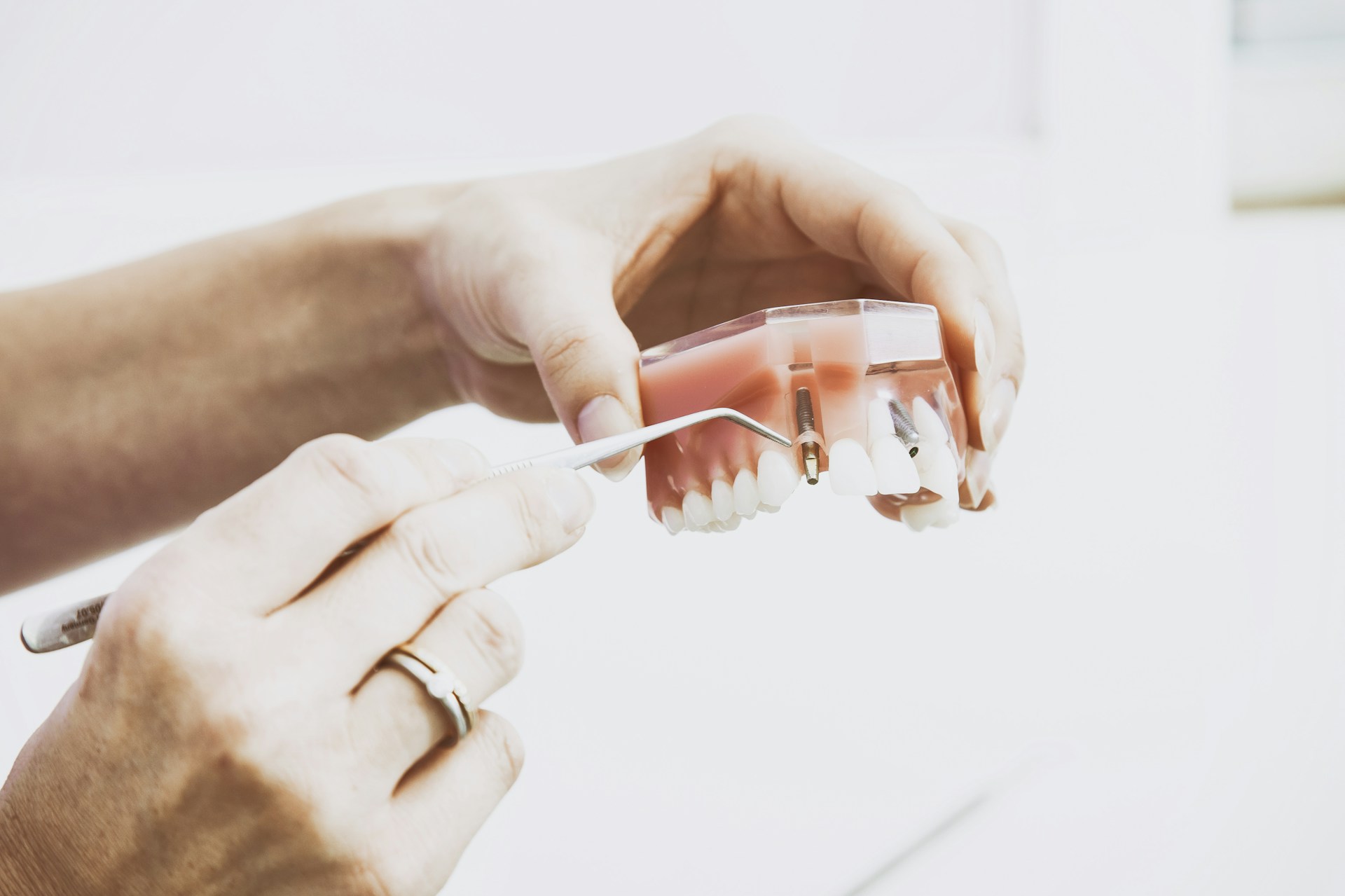SMILE- It costs nothing !!!
Cellular Cementum vs Acellular Cementum: Key Differences
Discover the key differences between cellular cementum and acellular cementum in dental anatomy. Explore their structures, functions, and implications for periodontal health to enhance your understanding and practice.
12/21/20243 min read
Difference Between Cellular and Acellular Cementum
Cementum is a specialized calcified tissue that covers the roots of teeth and plays a crucial role in tooth support and attachment to the periodontal ligament.
This tissue ensures the stability of teeth within the jawbone.
Cementum can be broadly classified into two types: cellular cementum and acellular cementum.
Though they share similar functions in tooth attachment, they differ in structure, formation, location, and composition.
What Is Cementum?
Cementum is a hard, mineralized tissue that forms a protective layer over the tooth root.
It is essential for anchoring the tooth within the socket by providing an attachment point for the periodontal ligament (PDL).
Unlike enamel, cementum is not as hard and is continuously deposited throughout a person’s life, which allows it to adapt to minor changes in tooth position or wear.
Cementum is primarily made up of:
Inorganic matrix (about 45-50%) – Mostly hydroxyapatite crystals.
Organic matrix (about 50-55%) – Collagen fibers and non-collagenous proteins.
Acellular Cementum
1. Structure and Composition
Acellular cementum, also known as primary cementum, lacks cementocytes (cells embedded within the cementum).
This type of cementum contains densely packed collagen fibers and is mainly composed of:
Extrinsic collagen fibers (Sharpey’s fibers) that extend from the periodontal ligament into the cementum.
A mineralized ground substance that supports these fibers.
2. Formation
Acellular cementum forms first and is laid down during the development of the tooth root. It is deposited before the tooth erupts into the oral cavity.
3. Location
Acellular cementum covers the cervical two-thirds of the tooth root. This is the area closest to the crown of the tooth.
4. Function
The main function of acellular cementum is to anchor the periodontal ligament fibers (Sharpey’s fibers) to the tooth root, ensuring tooth stability.
5. Characteristics
Non-cellular (lacks cementocytes).
Thin layer (approximately 20-50 micrometers thick).
Slow deposition rate.
Cellular Cementum
1. Structure and Composition
Cellular cementum, also known as secondary cementum, contains cementocytes (cells trapped within the cementum matrix).
These cells are responsible for maintaining and repairing the cementum.
Cellular cementum contains:
Both intrinsic and extrinsic collagen fibers.
Cementocytes housed within lacunae (small spaces) and connected through canaliculi (tiny channels).
2. Formation
Cellular cementum forms after the tooth erupts and continues to be deposited throughout the life of the tooth.
It is produced in response to functional stress or wear.
3. Location
Cellular cementum is found in the apical third of the tooth root and in the furcation areas (areas where the roots divide).
4. Function
The primary function of cellular cementum is to provide adaptive and reparative support.
It helps maintain the tooth’s attachment apparatus, especially during periods of stress, tooth movement, or root damage.
5. Characteristics
Contains cementocytes within lacunae.
Thicker layer (approximately 100-200 micrometers thick).
Faster deposition rate compared to acellular cementum.
Key Differences Between Cellular and Acellular Cementum
Importance of Cementum in Oral Health
Cementum plays a critical role in tooth stability and periodontal health.
Without it, the periodontal ligament would not have a surface to attach to, leading to tooth mobility and eventual tooth loss.
Additionally, cementum’s ability to repair and adapt to stress helps protect the tooth roots from wear and damage.
However, cementum is vulnerable to damage from:
Periodontal diseases (gum diseases), which can cause cementum resorption.
Over-aggressive brushing, which can lead to cementum erosion.
Tooth trauma, which may disrupt the cementum and periodontal ligament.
While both cellular and acellular cementum serve essential functions in tooth attachment, they differ significantly in structure, location, and purpose.
Acellular cementum primarily helps anchor the tooth, while cellular cementum supports ongoing repair and adaptation.
Understanding these differences helps dental professionals manage oral health more effectively and allows patients to appreciate the complexity of their tooth-supporting structures.
Proper oral hygiene, regular dental checkups, and timely treatment of periodontal issues are essential for maintaining healthy cementum and, consequently, a healthy smile.
Related : Dentin Hypersensitivity Treatment

Contact Smiles
drdeepi15@gmail.com
Dr. Deepika B.D.S
© 2025 SmileWide Dental. All Rights Reserved.
Have doubts ..?




